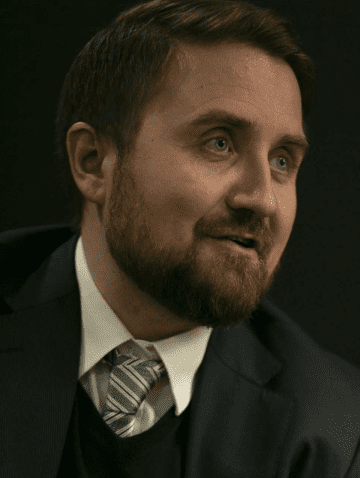Eastern Ukraine under foreign rule looks towards history that never was

Pasi Eronen,
Research Analyst,
Conflict Studies Research Centre,
UK
After a bumpy ride through no man’s land separating unoccupied Ukraine from its eastern lands violently and illegally torn away from it, visitors arriving in the so-called Donetsk People’s Republic are taken decades back into a simulated, twisted version of Soviet times, but under Russian flags and run by security services with local collaborators.
Visitors are greeted from the first steps by a dizzying mixture of Stalin cult, Second World War euphoria, and increasingly overt telltales of the region’s true rulers. At the same time, the decay of the society under its current rulers is visible everywhere. Crumbling infrastructure, tales of rampant corruption, daily force-feeding of disinformation, limited selection in the local stores, and even more limited opportunities for young people are plaguing the ordinary people trapped inside this costly attempt to retain at least a facade of an empire.
On Lenin Square, in the middle of downtown Donetsk, a massive statue of Lenin still stands untoppled, looming over the citizens of the so-called People’s Republic making their way across the square to their daily errands. Next to the Lenin statue sits a commercial building hosting a long-broken video screen and a Sberbank logo, almost as a reminder of the numerous ways control over a region, or even a whole country, can be wrested in the modern world. Standing even taller than Lenin, the central flagpole next to the statue has a flag hoisted on it. Instead of the so-called People’s Republic’s black-blue-red tricolor, a Russian flag flies highest in the central square of Donetsk.
In the space of a few years, Russian flags have become prevalent in Donetsk. At first, after solidifying control over the region, the flags were flown during parades and days of celebration such as Victory Day. But slowly and surely, the flags became permanent. Creeping russification is not limited to hoisting flags; the local population is also under pressure to change their Ukrainian passports into those of Russia. After the most grandiose plans of forcefully creating an imaginary land called Novorossiya to satisfy ideologues and the ruling elite’s geopolitical fantasies got thrown into history’s dustbin, leaving behind only fading graffiti, a slower process of illegal integration continues.
A similar kind of slow cooking process continues against the minds of local residents. The everyday living environment is littered with pieces of propaganda following the old Soviet playbook. Militants who lost their lives during the battles with government forces, or alternatively were removed from the playing field by their former backers, are featured in billboard posters dedicated to their so-called heroism and remaining silent about their war crimes. Former leaders of the so-called republic, who were blasted to eternity, have their bronze busts erected next to the Second World War memorial in an attempt to tie them to the past heroes. In a similar fashion, Donetsk has received Hero City status from the current rulers, trying to elevate it to the status reserved during Soviet times for cities like Moscow and Volgograd. River and reservoir banks and entire walls of central downtown buildings carry messages praising the regions’ and the people’s allegiance to Russia.
The local economy is tightly integrated with that of Russia. The only currency officially accepted in the local stores and restaurants is the Russian ruble. Logistics chains from Russia to Eastern Ukraine bring in not only civilian and commercial supplies, but also continuous flows of military assets and personnel. The war-torn local economy does not offer many opportunities to the local populace, forcing many to seek opportunities in Russia, or to join the ranks of the local militias out of desperation. At times, opportunities turn out to be a mere mirage, leading people to be subjected to human trafficking, or to become casualties of war. Most of the coal mines, the region’s past pride, are closed, or running at severely diminished capacity under questionable ownership. The stolen coal runs through Russia and, according to investigative journalists, makes its reappearance in European markets, making us complicit in supporting the illegal economy and indirectly also propping up the criminal regime.
The so-called people’s republics illegally established in Eastern Ukraine would not survive without substantial Russian administrative, economic, and military help. In the Kremlin’s eyes, the areas in Eastern Ukraine, like those carved out earlier from Moldova and Georgia, serve Russian interests despite the high diplomatic, political and economic costs of retaining them within the Kremlin’s orbit, not to mention the immense human toll on both active participants in conflicts and civilians, who continue to perish to this day.
While the rest of Ukraine is making its at times bumpy and, for some commentators, even frustrating journey to embrace the Western family and its values fully, the Eastern provinces and the Crimean Peninsula violently separated from the rest of the country are on a diverging path. Instead of looking towards a better future and moving forward, these parts of the country look back at glorified version of a history that never was, denying their inhabitants any chance of a better life.
Expert article 2922
> Back to Baltic Rim Economies 2/2021
To receive the Baltic Rim Economies review free of charge, you may register to the mailing list.
The review is published 4-6 times a year.
